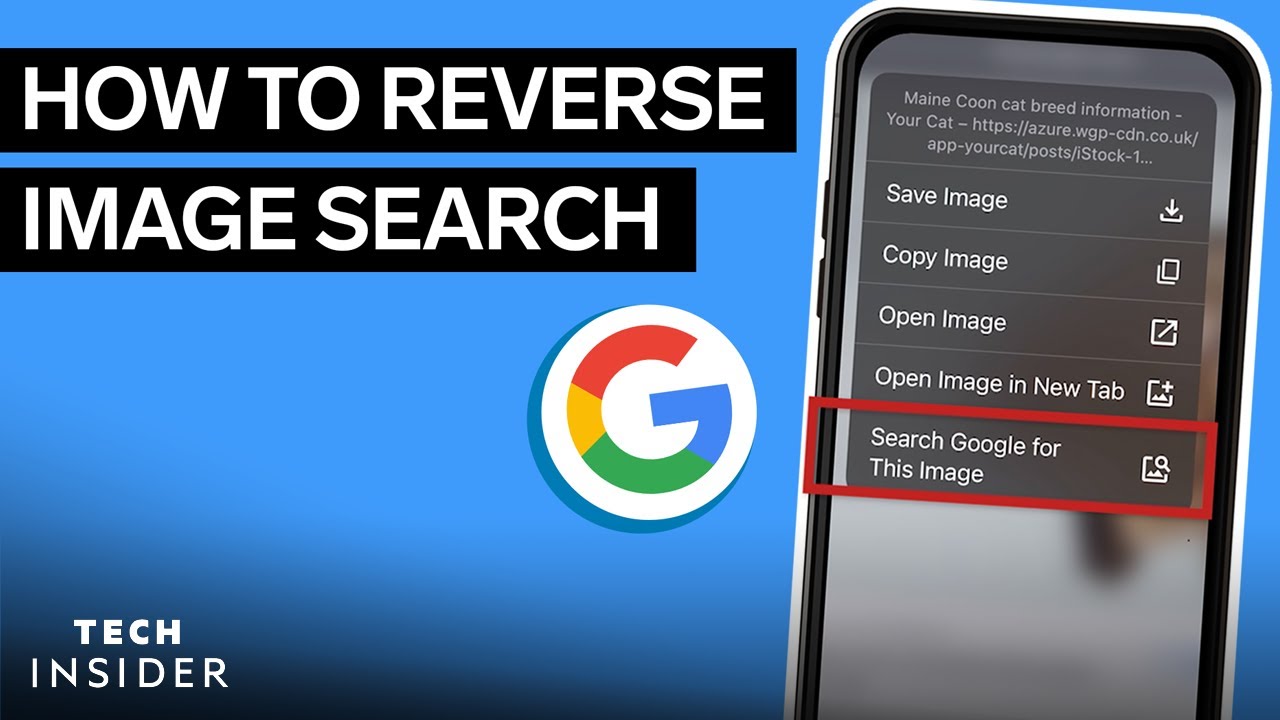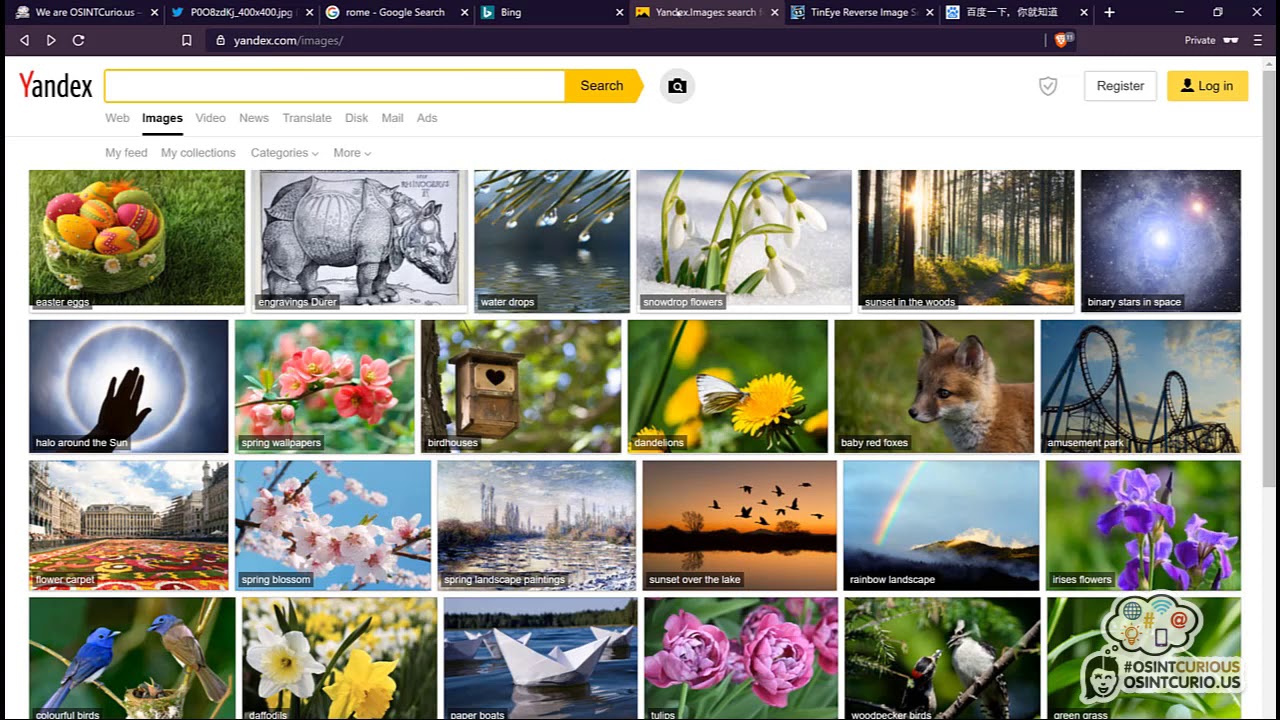In today's digital age, where images are widely used and shared across various platforms, it can be challenging to track down the original source or gather information about a specific image.
This is where reverse image search comes to the rescue. Reverse image search is a powerful tool that allows you to find similar or related images, track down the source of an image, identify objects or people within an image, and even discover visually similar contenton the web.
Let's dive into the reverse image search complete guide, exploring its applications, benefits, and how toperform a reverse image search on popular search engines and dedicated reverse image search tools. Whether you're a professional photographer, a digital marketer, a journalist, or simply a curious individual, this guide will equip you with the knowledge to harness the full potential of reverse image search.
What Is Reverse Image Search?
Reverse image search is a technique that allows you to search for images using other images instead of text-based queries. It relies on advanced algorithms that analyze the visual features, patterns, and metadata associated with an image to find similar or related images from various online sources.
Traditionally, when we search for information on the internet, we use keywords or text-based queries. However, there are instances when we come across an image that piques our interest, and we want to learn more about it or find similar images. This is where reverse image search becomes invaluable.
By uploading or providing the URL of an image, reverse image search engines can analyze the image and provide results that include visually similar images, webpages where the image appears, and information related to the image. This process is incredibly useful for a variety of applications, from identifying the original source of an image to verifying the authenticity of an image or tracking down copyright infringement.
Applications Of Reverse Image Search
Reverse image search has a wide range of applications across different industries and fields. Let's explore some of the most common applications:
- Image Attribution and Copyright Infringement -Reverse image search can help content creators and photographers track down the unauthorized use of their images across the web. By performing a reverse image search, they can identify websites or individuals that have used their images without permission.
- Finding Higher Resolution Versions -Sometimes, you may come across a low-resolution version of an image and want to find a higher quality version. Reverse image search can help you locate websites or sources that provide higher resolution versions of the image you're interested in.
- Visual Content Discovery -Reverse image search can be used to discover visually similar content, which is especially useful for artists, designers, and marketers. If you have a particular image and want to find similar images for inspiration or creative purposes, reverse image search can assist you in finding related visuals.
- Verifying Social MediaImages -In the era of fake news and manipulated images, reverse image search can be a valuable tool for fact-checking. By performing a reverse image search on a viral or suspicious image, you can uncover its origin and verify its authenticity.
These are just a few examples of how reverse image search can be applied. The possibilities are vast, and as technology advances, new use cases will continue to emerge.

How To Reverse Image Search (Google)
Performing Reverse Image Search Complete Guide
Search engines like Google and Bing offer built-in reverse image search functionality. Let's explore how to perform a reverse image search on these popular search engines.
Google Reverse Image Search
Google's reverse image search is easy to use and provides accurate results. Here's how you can perform a reverse image search on Google:
- Using a Web Browser -Go to Google Imagesand click on the camera icon in the search bar.
- Uploading an Image -Select "Upload an image" and choose the image file from your computer.
- Providing an Image URL -Select "Paste image URL" and enter the URL of the image you want to search for.
- Viewing the Results -Google will analyze the image and display visually similar images, webpages where the image appears, and related information.
Bing Reverse Image Search
Bing also offers a reverse image search feature, which is quite similar to Google's. Follow these steps to perform a reverse image search on Bing:
- Using a Web Browser -Visit Bing Imagesand click on the camera icon in the search bar.
- Uploading an Image -Select "Upload an image" and choose the image file from your computer.
- Providing an Image URL -Select "Paste an image URL" and enter the URL of the image you want to search for.
- Exploring the Results -Bing will process the image and display visually similar images, webpages containing the image, and relevant details.
Dedicated Reverse Image Search Tools
Apart from search engines, there are several dedicated reverse image search tools available that offer additional features and capabilities. Let's explore some popular tools in this category.
TinEye
TinEye is a leading reverse image search engineknown for its extensive image database and accuracy. Here's how you can use TinEye:
- Visit the TinEye website- Visit https://tineye.com/and click on the upload button or drag and drop the image you want to search for.
- Wait for the Analysis - TinEye will analyze the image and provide you with visually similar images, including different sizes and resolutions.
- Explore the Results -You can click on the search results to view more details about the images and their sources.
Yandex Images
Yandex Images is a reverse image search tool developed by the Russian search engine Yandex. It offers an extensive image database and provides accurate results. Here's how you can use Yandex Images for reverse image search:
- Visit the Yandex Images website- Visit https://yandex.com/images/and click on the camera icon in the search bar.
- Upload or Provide an Image URL -You can upload an image file or enter the URL of the image you want to search for.
- Analyze the Image -Yandex Images will process the image and display visually similar images, related webpages, and other relevant information.
Best Practices For Reverse Image Search
To make the most out of reverse image search, consider the following best practices:
- Use High-Quality Images -For better accuracy and more relevant results, use high-resolution images with clear details and distinct visual features.
- Crop or Edit Images -If you're searching for a specific object or part of an image, consider cropping or editing the image to focus on the desired element. This can help refine the search results.
- Try Multiple Search Engines -Different search engines and tools may produce varying results. Experiment with multiple reverse image search platforms to gather a comprehensive range of results.
- Verify and Cross-Reference Information -When using reverse image search to gather information about an image, verify the details from multiple sources to ensure accuracy.
Advanced Tips And Techniques
For those seeking to take their reverse image search skills to the next level, here are some advanced tips and techniques to consider:
Use Keywords And Filters
When performing a reverse image search, accompany your image with relevant keywords or use filters to narrow down the search results. Adding specific keywords related to the image content can help refine the results to match your requirements.
Search By Image Region
Some reverse image search tools allow you to specify a particular region or portion of an image for search. This technique can be helpful when you want to identify a specific object within a larger image or focus on a particular area of interest.
Employ Image Metadata Analysis
Images often contain metadata such as EXIF data, which includes details like camera make and model, date taken, and geolocation information. Analyzing image metadata can provide valuable insights and help in identifying the source or context of an image.

10 Minute Tip: Reverse Image Searching #1
People Also Ask
Can I Perform A Reverse Image Search From My Mobile Device?
Yes, most search engines and dedicated reverse image search tools have mobile-friendly versions or dedicated apps that allow you to perform reverse image searches on your mobile devices.
Can Reverse Image Search Identify Faces Or Objects Within An Image?
Yes, many reverse image search engines have advanced algorithms that can recognize and identify faces, objects, landmarks, and other visual elements within an image. This can be particularly useful for finding information about celebrities, products, or unknown locations.
Are There Any Privacy Concerns When Using Reverse Image Search?
When using reverse image search, it's important to consider the privacy implications, especially if you're uploading personal or sensitive images. Make sure to review the privacy policies of the tools or platforms you're using and exercise caution when sharing images online.
Are There Any Limitations To Reverse Image Search?
Reverse image search has its limitations. It may not always provide accurate or comprehensive results, especially for images with low visibility or images that have undergone significant alterations. Additionally, the availability and quality of search results can vary depending on the image database and search algorithms used by different platforms.
Conclusion
Reverse image search is a powerful tool that allows you to explore the vast world of images, track down original sources, find visually similar content, and verify the authenticity of images. Whether you're a content creator, digital marketer, or an everyday internet user, mastering reverse image search can enhance your online experiences and provide valuable insights.
By following the techniques and best practices outlined in this reverse image search complete guide, you can harness the full potential of reverse image search and unlock a wealth of information hidden behind the pixels. Embrace the world of reverse image search, and let the images speak for themselves!